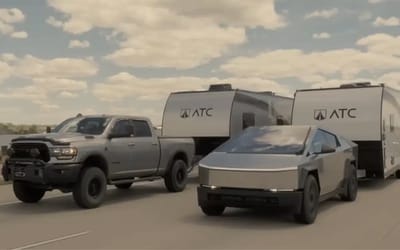The aerodynamics of supersonic aircraft: what makes it fast?
- Supersonic aircraft are fast and exceed the speed of sound
- A lot of work goes into making a plane reach such speeds
- The answer lies in aerodynamics, and here’s all you need to know
Published on Aug 25, 2024 at 4:08 PM (UTC+4)
by Siddharth Dudeja
Last updated on Aug 25, 2024 at 4:08 PM (UTC+4)
Edited by
Kate Bain
Supersonic aircraft is by no means a new term for the aviation industry, and while most of us know that such airplanes are fast, do you know what makes an aircraft actually become supersonic?
The little secret lies in the plane’s shape, and it’s all about aerodynamics.
If you’re a plane spotter or have a keen eye, you might have noticed that most supersonic aircraft have a similar shape.
The shape of supersonic aircraft
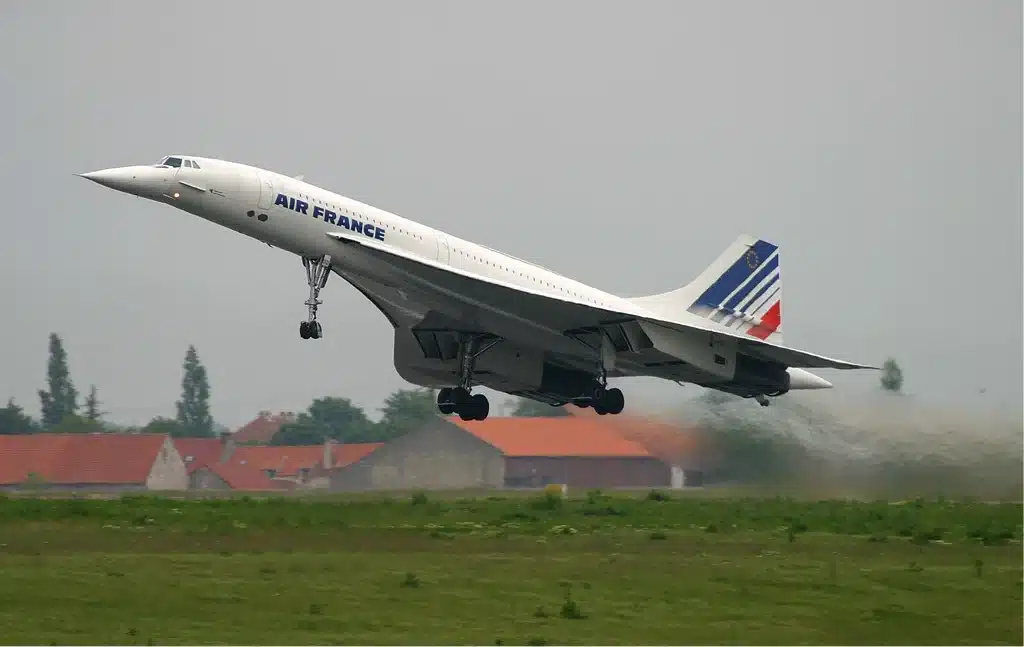
Before we indulge you in the specifics of aerodynamics, let us understand what supersonic actually means in the real world.
Here’s all you need to know about the different types of airplanes that aviation has today.
Subsonic, transonic, supersonic, and hypersonic
There are four primary categories of aircraft, and all have ‘sonic’ in their names.
Although this may seem very complex, it’s a pretty simple explanation.
You see, these categories were made with a direct relation to the speed of sound — dubbed Mach 1.
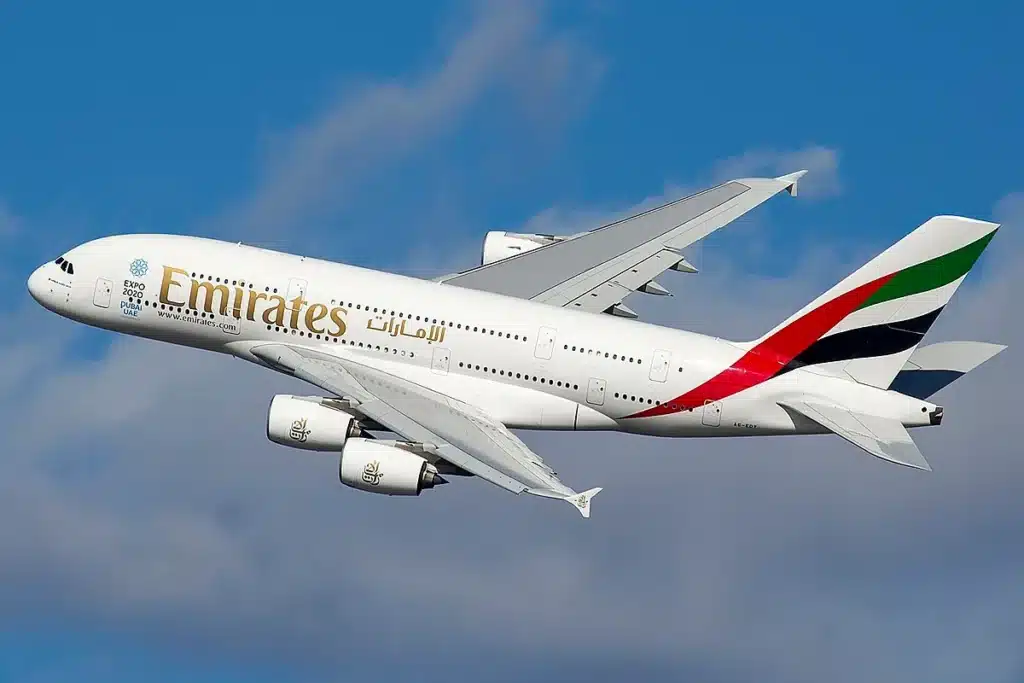
The subsonic aircraft class typically includes most commercial airplanes, including big names that we keep hearing.
For instance, the popular Airbus A380, Airbus A320, Boeing 737, and even single-engine private jets are all subsonic aircraft.
These have a maximum cruise speed of less than Mach 0.85 — lower than the speed of sound.
Further, transonic aircraft have cruise speeds that are near the speed of sound and might even exceed them by a small margin.
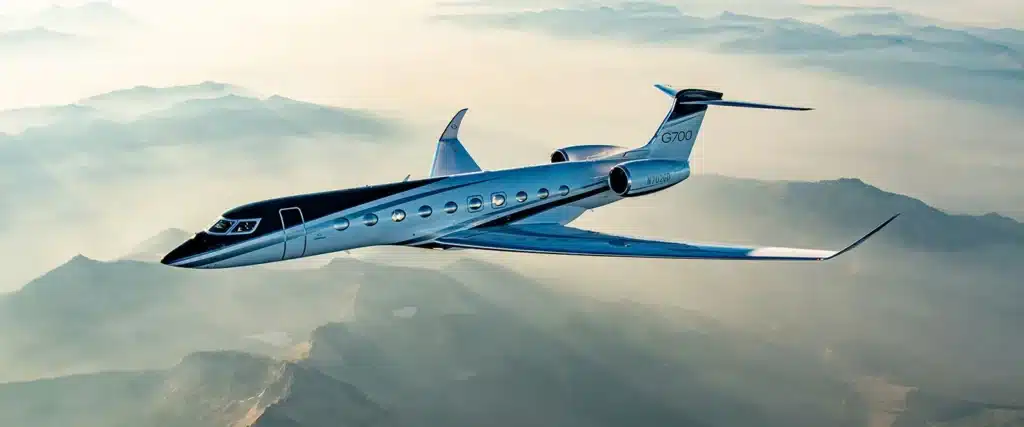
Transonic flights often sit in the range of Mach 0.8 to 1.2 — and that includes newer aircraft like the Airbus A350 and Gulfstream G700.
Supersonic aircraft take things far beyond the speed of sound and usually have speeds greater than Mach 1.2.
Moreover, these aircraft have been around for ages, but more on that later.
Finally, hypersonic aircraft like this hypersonic rocket plane are the fastest of the bunch, with speeds exceeding Mach 5.
Five times the speed of sound is certainly too fast, which is why these are rare.
Aerodynamics of a supersonic aircraft
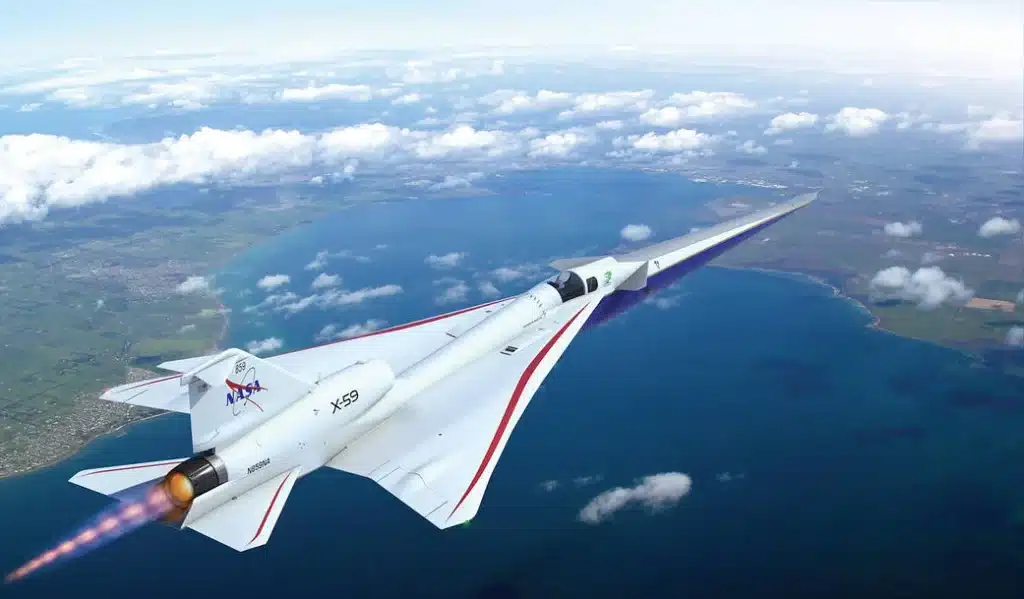
To be fair, we don’t really have many supersonic aircraft as of today.
One popular name that could easily hit supersonic speeds was the infamous Concorde, with a recorded speed of Mach 2.04.
Although its tenure was short and ended in 2003, it served a greater purpose, according to some enthusiasts.
The technology wasn’t as developed as we have it today, but aerodynamics, too, is a fairly old concept.
You see, Concorde featured a droop nose, which curved downwards during takeoff to enhance visibility.
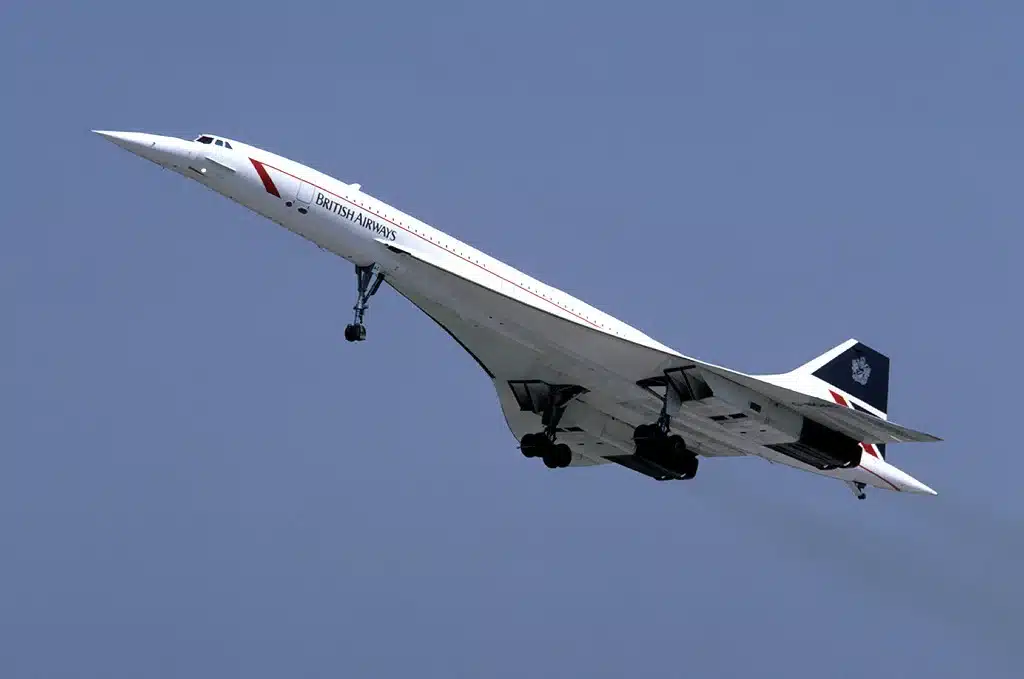
It had to move because supersonic aircraft tend to have a long and sleek shape, making the nose extremely long.
Since Concorde, there have been no supersonic commercial aircraft, but that might just change soon.
Boom Supersonic is on track to build the Overture, which is expected to redefine everyday supersonic flights.
According to Boom, an airplane that aims to achieve supersonic speeds has to overcome four obstacles.
Overcoming four forces to become supersonic
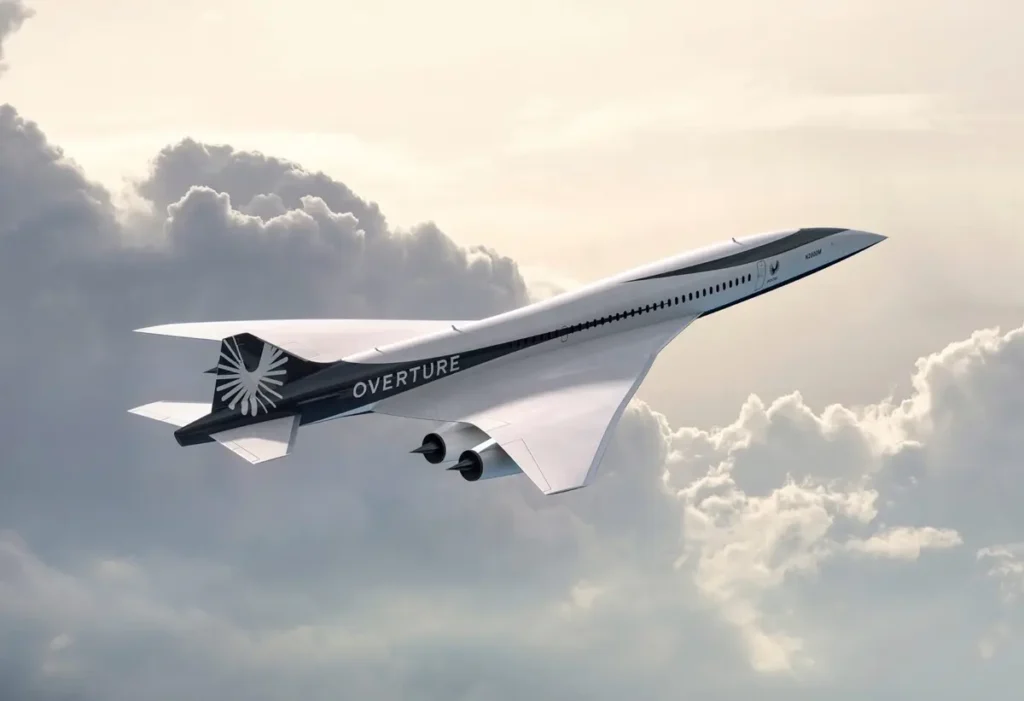
All aircraft that hit the skies have to overcome the four forces of air resistance, but supersonic ones have to try harder.
These include thrust — which moves the plane forward, drag — the opposite force that pushes the plane back, weight — the force of gravity that pushes it down, and lift — the upward force that opposes the weight.
In order for an airplane to exceed the speed of sound, it makes use of an uncommon design that adapts to certain conditions.
For instance, an aircraft might have adaptive swept wings that change directions depending on the plane’s speed.
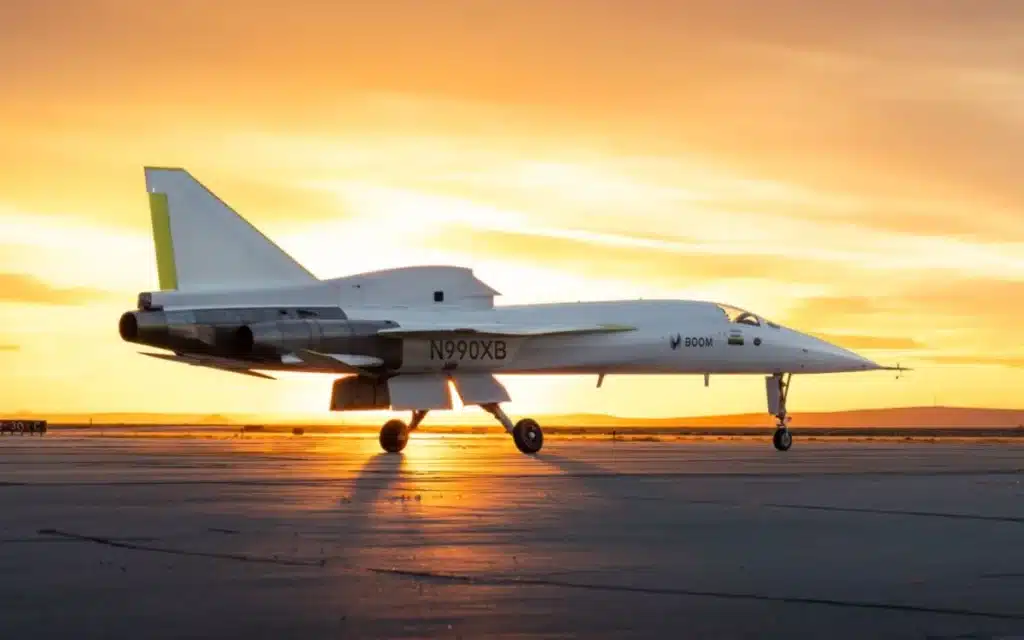
It also might have significantly larger engines than a subsonic aircraft.
However, it all works together if the plane is sleek and has thin wings to decrease the overall drag force.
Without going too deep into the scientific aspects, the essential point here is that supersonic aircraft won’t look like your average airplane, will be made of special materials, and might not have the usual range.
In the end, aerodynamics is what makes an aircraft supersonic, and a new generation of these aircraft will arrive soon.
DISCOVER SBX CARS: The global premium car auction platform powered by Supercar Blondie

